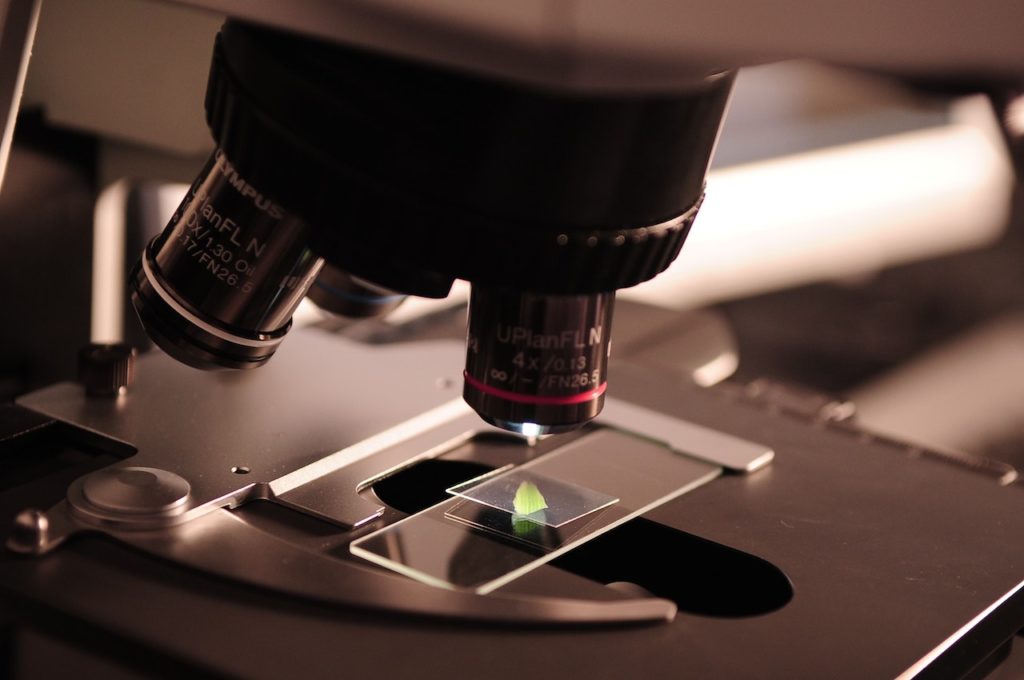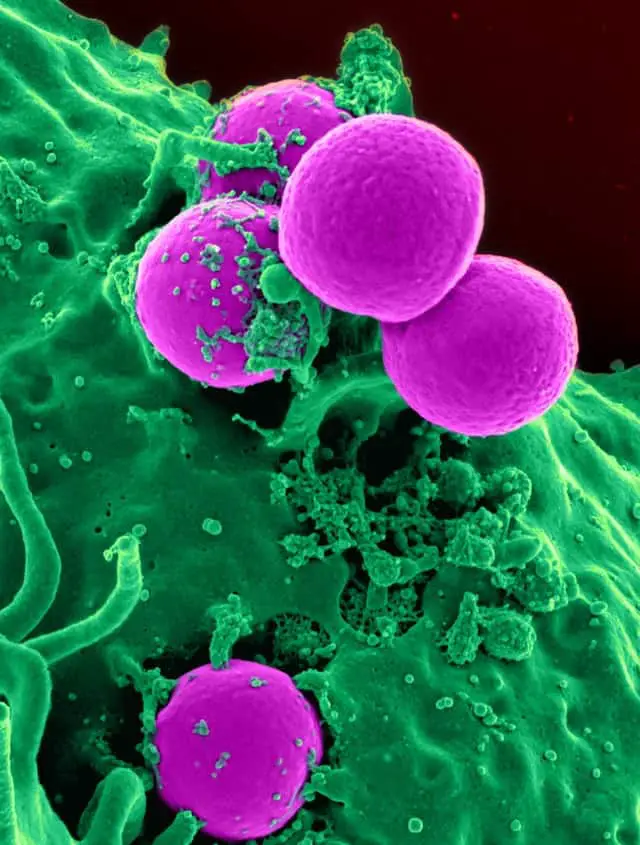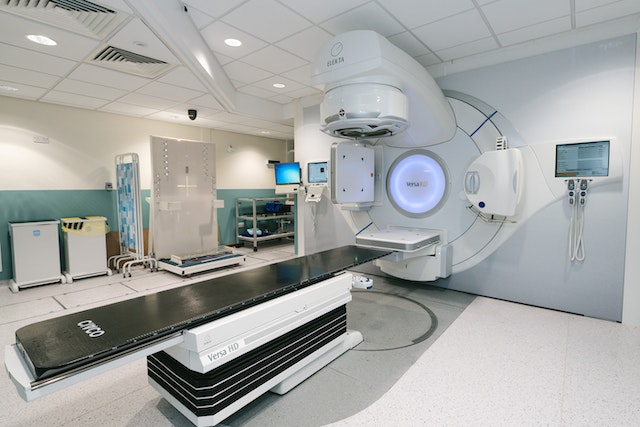How cancer affect cilia – Have you ever wondered how cancer, that formidable foe, affects the delicate and intricate structures known as cilia within our cells?
Like tiny oars propelling a boat through treacherous waters, cilia play a crucial role in cellular functioning. They are not only responsible for sensing the environment around our cells but also for orchestrating important signaling pathways that regulate cell growth and division. However, when cancer strikes, it mercilessly disrupts the elegant dance of cilia, leading to a cascade of detrimental effects on cellular health.
Within the vast ocean of cellular biology, cilia stand tall as stalwart sentinels guarding against chaos. These hair-like structures protrude from the surface of most mammalian cells and possess an uncanny ability to sway with grace and precision. Imagine them as guardians equipped with sensory powers akin to radar systems, capable of detecting changes in their surroundings and transmitting this information to ensure proper cell function.
Yet, cancer’s malevolent touch throws this harmonious symphony into disarray. It infiltrates the inner workings of these delicate ciliary structures, causing them to malfunction or even disappear entirely. As a result, critical signaling pathways become disrupted, hindering essential processes such as cell growth regulation and tissue homeostasis.
In this article, we will delve into cilia and cancer. We’ll start with how cancer impairs cilia function and explore potential therapeutic strategies that target these resilient microtubule-based organelles in hopes of restoring order amidst the tumultuous world within our cells.
The Importance of Cilia in Cellular Functioning

The significance of cilia in cellular functioning cannot be overstated. Cilia play a crucial role in maintaining respiratory health by facilitating the movement of mucus and particles out of the airways.
These hair-like structures line the respiratory tract and beat in coordinated waves, creating a flow that helps to clear debris and prevent infection. Additionally, cilia play a vital role in genetic disorders such as primary ciliary dyskinesia (PCD), where mutations lead to impaired ciliary function. PCD can result in chronic respiratory infections, infertility, and other complications.
Cilia dysfunction in genetic disorders like PCD highlights the essential role these structures play in our overall health. In healthy individuals, cilia help to maintain lung function by clearing away foreign particles that are breathed in daily. This cleansing mechanism prevents pathogens from settling within the lungs and causing infections. Without functional cilia, individuals with PCD are more susceptible to recurrent respiratory infections.
Transitioning into how cancer disrupts cilia function, it’s important to note that cancer cells can also impact these crucial cellular components. Cancerous growths have been shown to interfere with normal ciliary function, potentially leading to further health complications. Understanding how cancer affects cilia is imperative for developing targeted therapies that mitigate these disruptions and improve patient outcomes without compromising their overall cellular functioning.
How Cancer Disrupts Cilia Function

Imagine how devastating it would be to discover that your body’s natural defense system against harmful substances is disrupted in 50% of all cancer cases. This defense system, known as cilia, plays a crucial role in maintaining the integrity and functioning of cells throughout the body.
Cilia are slender, hair-like structures found on the surface of many cell types, including those lining the respiratory tract and reproductive organs. They have a complex structure consisting of microtubules arranged in a specific pattern, allowing for cilia motility.
In cancer, cilia function is often disrupted due to various mechanisms. One common disruption involves alterations in the structure of cilia. Cancer cells may exhibit abnormalities in the arrangement or length of their cilia, leading to impaired motility. Additionally, mutations in genes responsible for building and maintaining cilia can result in dysfunctional or absent cilia altogether. These structural changes can have far-reaching consequences on cellular processes such as signal transduction and cell division.
To emphasize the impact of disrupted cilia function in cancer, consider the following:
- Ciliated cells play a crucial role in clearing mucus and debris from our airways. When ciliary function is compromised by cancer, this clearance mechanism becomes impaired, increasing the risk of respiratory infections.
- Cilia also act as sensory antennae for cells, detecting signals from their environment and relaying them to intracellular signaling pathways. Disrupted ciliary function can therefore disrupt important cellular communication networks.
- Furthermore, some studies have suggested that dysfunctional cilia may contribute to tumor formation by impairing cell cycle regulation and promoting uncontrolled cell growth.
Understanding how cancer disrupts cilia function is essential for developing potential therapeutic strategies targeting these structures in cancer treatment. By restoring or enhancing normal ciliary function within tumor cells, it may be possible to restore proper cellular communication and regulate aberrant cell proliferation effectively. Such therapies could hold promise for improving patient outcomes and reducing the devastating impact of cancer.
Potential Therapeutic Strategies Targeting Cilia in Cancer Treatment

You can explore potential therapeutic strategies that target cilia in the treatment of cancer. Cilia play a crucial role in normal tissue development, acting as sensory organelles that regulate cellular signaling pathways. However, cancer cells often disrupt cilia function, leading to abnormal cell growth and proliferation.
Understanding the underlying mechanisms by which cancer affects cilia can provide insights into novel therapeutic approaches. One potential strategy is to develop drugs that specifically target the aberrant signaling pathways associated with disrupted cilia function in cancer cells. For example, targeting Hedgehog signaling, a pathway frequently dysregulated in various cancers, has shown promise in preclinical studies. By inhibiting this pathway, it may be possible to restore normal cilia function and inhibit tumor growth.
Another approach involves utilizing gene therapy techniques to restore or enhance cilia function in cancer cells. This could involve introducing specific genes or gene products that are essential for proper cilia formation and maintenance. By restoring normal cilia function, it is possible to suppress tumor growth and sensitize cancer cells to existing therapies.
Despite these promising strategies, there are current limitations in targeting cilia for cancer therapy. One challenge is developing drugs that specifically target cancer cells without affecting healthy cells with intact cilia. Additionally, understanding the complex interplay between different signaling pathways involved in both normal tissue development and tumorigenesis is essential for effective therapeutic targeting.
Exploring potential therapeutic strategies that target cilia holds promise for the treatment of cancer. By understanding how cancer disrupts cilia function and identifying key molecular players involved, researchers can develop targeted therapies aimed at restoring or enhancing normal ciliary function in cancer cells. Although there are current limitations in effectively targeting cilia for therapy, ongoing research efforts offer hope for improved treatment options in the future.
Frequently Asked Questions
Can cancer affect cilia in cells other than those in the lungs?
Cancer can affect cilia in cells beyond the lungs. Cilia play important roles in non-lung cells, such as aiding in cell movement and sensory functions. Cancer can disrupt these functions, leading to various cellular dysfunctions.
Are there any known genetic factors that contribute to the disruption of cilia function in cancer?
Yes, there are known genetic factors that contribute to the disruption of cilia function in cancer. These factors can impact the structure and function of cilia, leading to abnormal cell signaling and potentially contributing to tumor development and progression.
What are the potential side effects of therapeutic strategies targeting cilia in cancer treatment?
Potential complications and long-term effects of therapeutic strategies targeting cilia in cancer treatment include impaired ciliary function, reduced cell motility, and altered signaling pathways. These can impact cancer progression and treatment outcomes.
Can cilia regeneration occur naturally in cancer cells once their function has been disrupted?
Cilia regeneration mechanism in cancer cells is not well understood. However, cilia play a crucial role in cancer progression by promoting cell migration and signaling pathways. Further research is needed to uncover the potential for natural cilia regeneration in cancer cells.
Are there any ongoing clinical trials investigating the effectiveness of cilia-targeted therapies in cancer treatment?
There are ongoing clinical trials investigating the effectiveness of cilia-targeted therapies in cancer treatment. These therapies aim to address the impact of cilia disruption on cancer treatment and may provide new avenues for improving patient outcomes.
Conclusion
In conclusion, understanding how cancer affects cilia is of paramount importance in the field of cellular biology. Cilia play a crucial role in various cellular functions, such as locomotion, sensory perception, and signal transduction. They act as gatekeepers, allowing certain molecules to enter or exit the cell and maintaining the overall integrity of cellular processes.
However, cancer disrupts cilia function through multiple mechanisms. It can lead to aberrant cilia formation or loss altogether. This disruption impairs crucial cellular processes and has been implicated in tumor progression and metastasis. Additionally, dysregulated ciliary signaling pathways have been identified as potential contributors to cancer development.
Therefore, targeting cilia in cancer treatment holds significant therapeutic potential. By developing strategies that specifically address the disruptions caused by cancer, we could potentially restore normal cilia function and hinder tumor growth. Further research into these therapeutic approaches is warranted to fully comprehend their effectiveness and safety profiles.
In conclusion, unraveling the intricate relationship between cancer and cilia provides valuable insights into the underlying mechanisms driving tumorigenesis. Understanding how cancer impacts cilia opens up new avenues for targeted therapies that could revolutionize cancer treatment. By harnessing our knowledge of ciliary biology and leveraging advanced techniques like gene editing and drug delivery systems, we may be able to develop innovative interventions that effectively combat this devastating disease.
Ultimately, the study of how cancer affects cilia highlights the interconnectedness of various cellular processes and underscores the importance of holistic approaches in tackling complex diseases like cancer. Continued research efforts will undoubtedly shed more light on this fascinating topic and pave the way for novel treatments with improved efficacy and minimal side effects.
